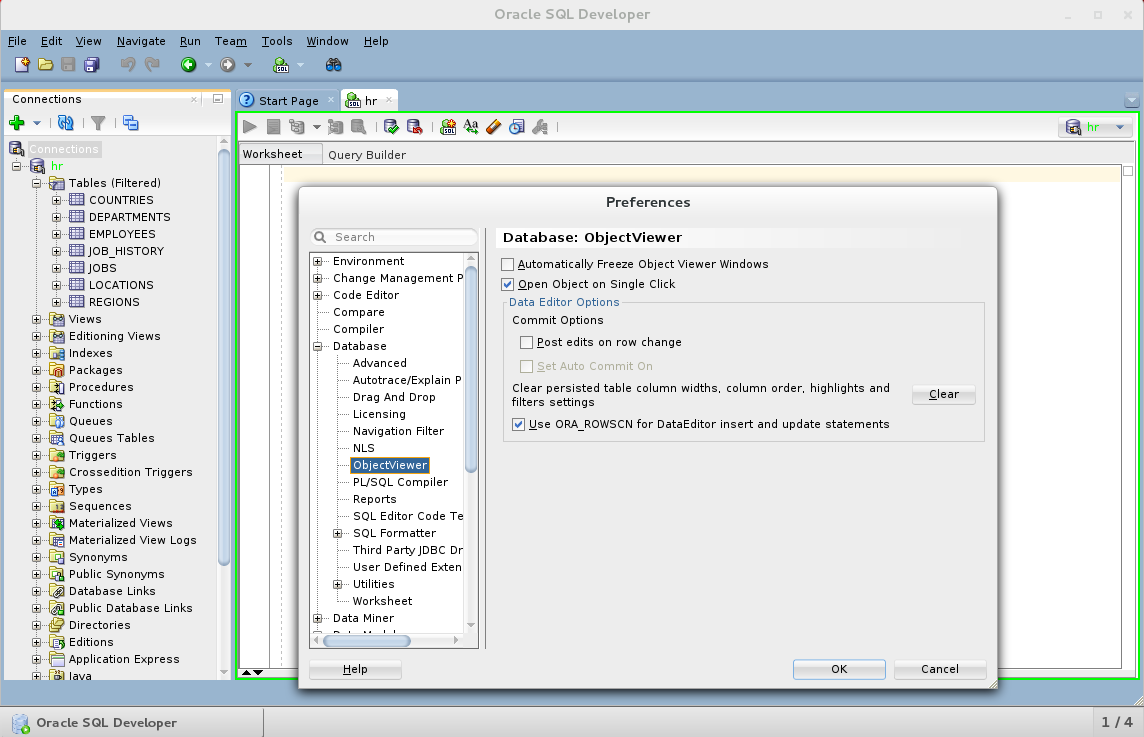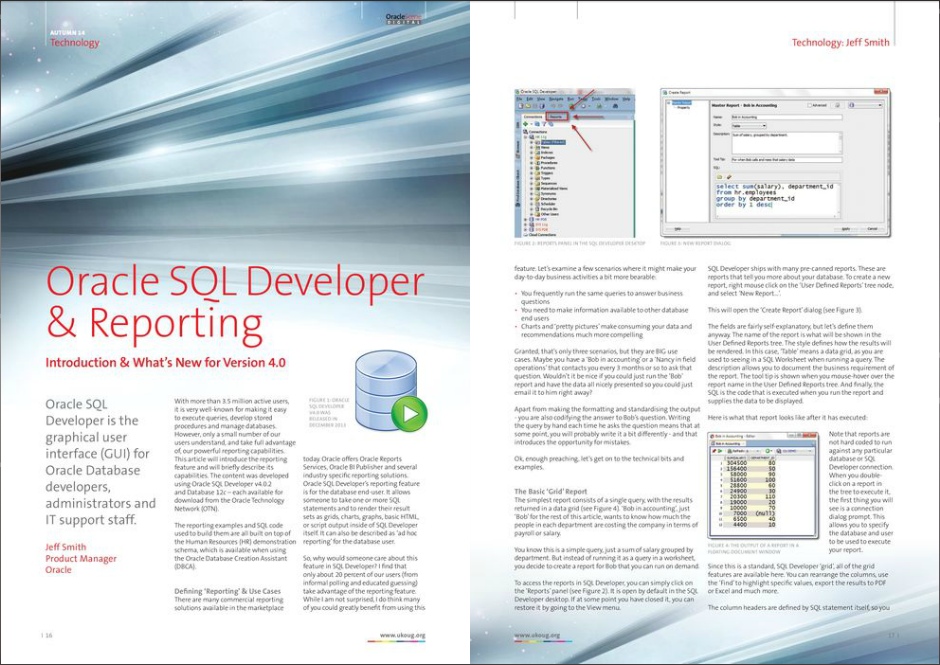By: John Siegman – Applications Sales Manager for Master Data Management and Data Quality, &
Murad Fatehali – Senior Director with Oracle’s Insight team leading the Integration practice in North America.
You might think that the obvious answer to the title question would be to fix them, but not so fast. As heretical as this might be to write, not all data quality problems are worth fixing. While the data purists will tell you that every data point is worth making sure it is a correct data point, we believe you should only spend money fixing data that has a direct value impact on your business. In other words, what’s the cost of bad data?
What’s the cost of bad data? That’s a question that is not asked often enough. When you don’t understand the value of your data and the costs associated with poor data quality, you tend to ignore the problem which tends to make matters worse, specifically for initiatives like data consolidation, big data, customer experience, and data mastering. The ensuing negative impact has wider ramifications across the organization – primarily for the processes that rely on good quality data. All business operations systems like, ERP, CRM, HCM, SCM, EPM, that businesses run on assume that the underlying data is good.
Then what’s the best approach for data quality success? Paraphrasing Orwell’s Animal Farm, “all data is equal, some is just more equal than others”. What data is important and what data is not so important is a critical input to data quality project success. Using the Pareto rule, 20% of your data is most likely worth 80% of your effort. For example, it can be easily argued that financial data have a greater value as they are the numbers that run your business, get reported to investors and government agencies, and can send people to jail if they’re wrong. The CFO, who doesn’t like jail, probably considers this valuable data. Likewise, a CMO understands the importance of capturing and complying with customer contact and information sharing preferences. Negligent marketing practices, due to poor customer data, can result in non-trivial fines and penalties, not to mention bad publicity. Similarly, a COO may deem up-to-date knowledge of expensive assets as invaluable information, along with description, location, and maintenance schedule details. Any lapses here could mean significant revenue loss due to unplanned downtime. Clearly, data value is in the eye of the beholder. But prioritizing which data challenges should be tackled first needs to be a ‘value-based’ discussion.
How do you decide what to focus on? We suggest you focus on understanding the costs of poor data quality and management and then establishing a metric that is meaningful to your business. For example, colleges might look at the cost of poor data per student, utilities the cost of poor data per meter, manufacturers the cost of poor data per product, retailers the cost of poor data per customer, or oil producers the cost of poor data per well. Doing so makes it easy to communicate the value throughout your organization and allows anyone who understands the business to size the cost of bad data. For example, our studies show that on campus data quality problems can cost anywhere from $70 to $480 per student per year. Let’s say your school has 7,500 students and we take the low end of the range at $100 per student. That’s a $750,000 per year data quality problem. As another example, our engagement with a utility customer estimated that data quality problems can cost between $5 to $10 per meter. Taking the low value of $5 against 400,000 meters quantifies the data quality problem at $2,000,000 annually. Sizing the problem lets you know just how much attention you should be paying to it. But this is the end result of your cost of poor data quality analysis. Now that we know the destination, how do we get there?
To achieve these types of metrics you have to assess the impact of bad data on your enterprise by engaging all of the parties that are involved in attempting to get the data right, and all of the parties that are negatively affected when it is wrong. You will need to go beyond the creators, curators and users of the data and also involve IT stakeholders and business owners to estimate: impact on revenues; cost of redundant efforts in either getting the data or cleaning it up; the number of systems that will be impacted by high quality data; cost of non-compliance; and cost of rework. Only through this type of analysis can you gain the insight necessary to cost-justify a data quality and master data management effort.
The scope of this analysis is determined by the focus of your data quality efforts. If you are taking an enterprise-wide approach then you will need to deal with many departments and constituencies. If you are taking a Business Unit, functional or project focus for your data quality efforts, your examination will only need to be done on a departmental basis. For example, if customer data is the domain of analysis, you will need to involve subject matter experts across marketing, sales, and service. Alternatively, if supplier data is your focus, you will need to involve experts from procurement, supply-chain, and reporting functions.
Regardless of data domain, your overall approach may look something like this:
- Understanding business goals and priorities
- Documenting key data issues and challenges
- Assessing current capabilities and identifying gaps in your data
- Determining data capabilities and identifying needs
- Estimating and applying benefit improvement ranges
- Quantifying potential benefits and establishing your “cost per” metric
- Developing your data strategy and roadmap
- Developing your deployment timeline and recommendations
Going through this process ensures executive buy-in for your data quality efforts, gets the right people participating in the decisions that will need to be made, and provides a plan with a ROI which will be necessary to gain the necessary approvals to go ahead with the project.
Be sure to focus on: Master Data Management @ OpenWorld.
 Performance. Availability. Value. You can have all three. How? Learn the best practices by attending the ACS sessions at Oracle OpenWorld. Topics include:
Performance. Availability. Value. You can have all three. How? Learn the best practices by attending the ACS sessions at Oracle OpenWorld. Topics include: In a
In a 
 Scalability
means different things to different people. It’s like a group of
blindfolded people touching an elephant on different sides. Each person
will have their own explanation and individual experience. Similarly, in
the Oracle SOA Suite world, expansion and scalability of an Oracle SOA
Suite environment means different things for everyone. For
Administrators, it’s about adding more managed and admin servers to the
existing Oracle SOA environment. For SOA Developers, it means adding
more services and BPEL processes in the existing service repository. For
IT Management, it is about how they can expand their initial Oracle SOA
footprint to add more systems, attain further ROI and truly expand to a
service oriented architecture framework for their enterprise.
Scalability
means different things to different people. It’s like a group of
blindfolded people touching an elephant on different sides. Each person
will have their own explanation and individual experience. Similarly, in
the Oracle SOA Suite world, expansion and scalability of an Oracle SOA
Suite environment means different things for everyone. For
Administrators, it’s about adding more managed and admin servers to the
existing Oracle SOA environment. For SOA Developers, it means adding
more services and BPEL processes in the existing service repository. For
IT Management, it is about how they can expand their initial Oracle SOA
footprint to add more systems, attain further ROI and truly expand to a
service oriented architecture framework for their enterprise. 


![image[7][2][2][2] image[7][2][2][2]](http://soacommunity.files.wordpress.com/2013/04/image7222.png?w=20&h=20&h=20)
![clip_image002[8][4][2][2][2] clip_image002[8][4][2][2][2]](http://soacommunity.files.wordpress.com/2013/04/clip_image00284222.jpg?w=26&h=23&h=23)












